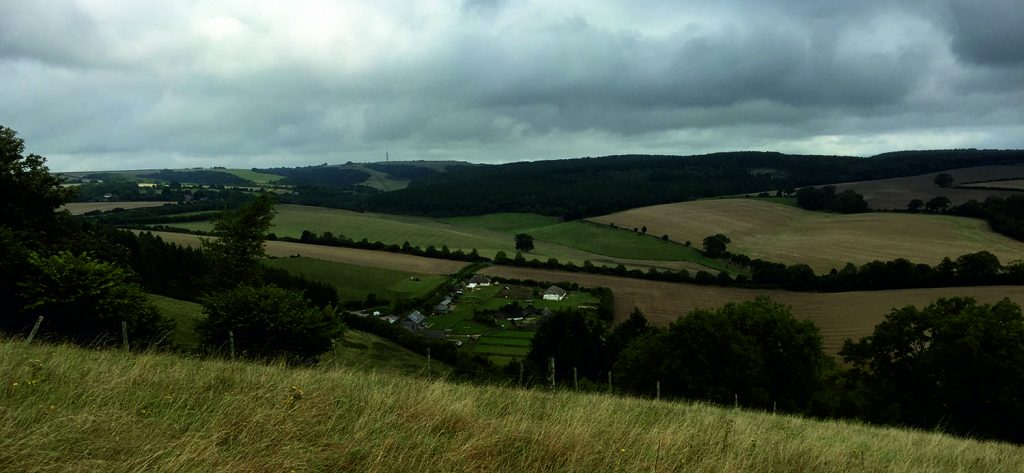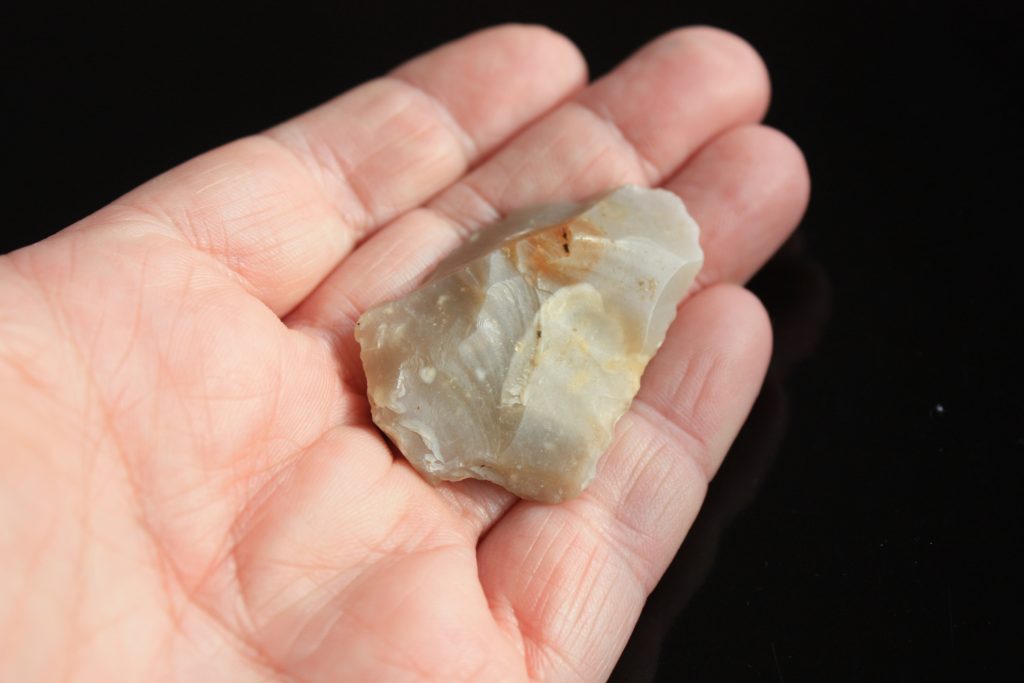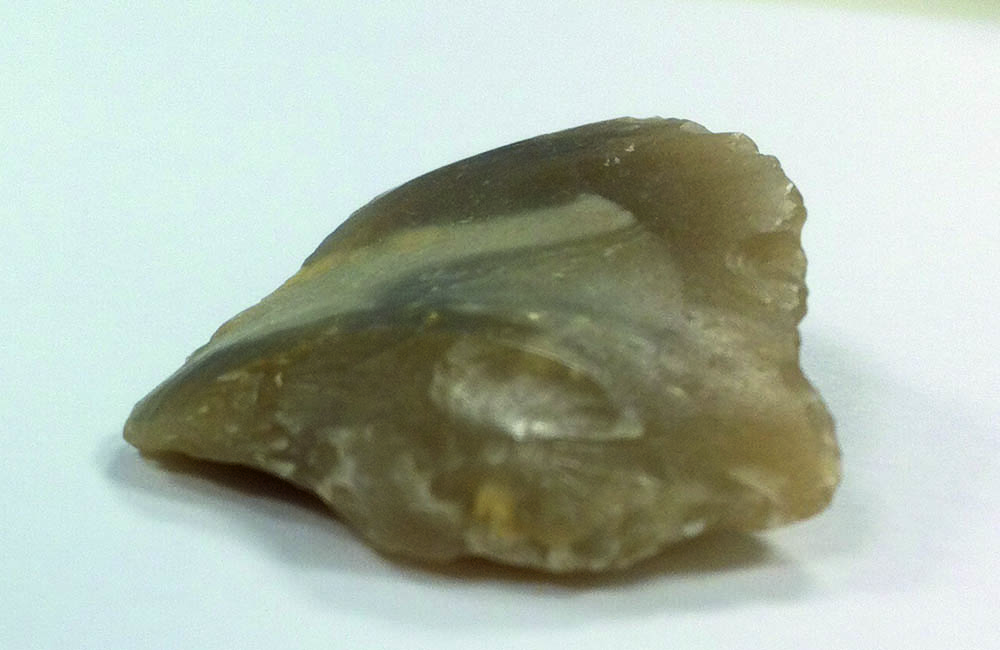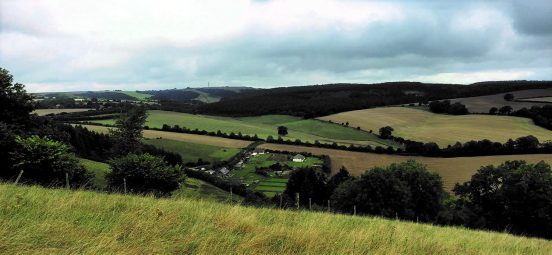As a practice we often get involved in a wide range of interesting projects that can sometimes be quite a challenge and take a turn in the most unexpected direction.

Over the past year we have been closely involved with the directors and staff at Butser Ancient Farm helping them to develop new ideas to improve the visitors’ experience based on academic research, the testing of archaeological theories and encouraging school children and the public to engage and take away with them new practical skills, ranging from flint knapping to iron age metalworking.
After a lot of research into the operational side of the site and to understand the facilities needed for running major public events the focus turned to the design and layout.
A very intriguing and at times very much a personal journey of discovery… undertaken in the name of design inspiration, significance and authenticity. Visiting case examples in the UK such as Flag Fen, Peterborough and in Brittany during the summer has been helpful to gain a better understanding of the structures and artefacts from Bronze and Stone Age landscapes.
Trying to answer questions such as ‘what did the South Downs landscape look like at this time?” how big is a Bronze Age roundhouse?” “can the archaeological pollen evidence and charred nut kernels tell us about the type of plants and trees that would have existed here?”… and just how do you identify a Stone Age tool when faced with a large area of flint shingle especially when one stone looks very much like another!
So where are we to date?
As usual the two key issues of funding and planning need to be considered before embarking on the next phase of the project. However in the meantime it has been by pure chance that out walking along the Hampshire coastline I’ve been very lucky to come across a number of finds, with this one being one of the largest at 4.5cm long by 3.0cm wide.


Having been given a replica tool to hold by Butser Ancient Farms’ archaeologist this flint appears to have all the characteristic features of a worked tool (possibly a scraper?).
The bulge known as the ‘bulb of percussion’, the radiating rings – where the flake has come away and the flat edge which fits into the right hand beautifully. It is easy to imagine how the flat plinth for the forefinger that adds downward pressure over the cutting part of the (now blunted) blade would be used to cut meat, skins and vegetation.
How this has survived in this condition under the top layer of loose shingle during winter storms is quite remarkable!
The next steps?
While we wait for the next phase of the project to begin the Hampshire Finds Liaison Officer at the Portable Antiquities Scheme has been contacted and this, along with a few other finds are undergoing further research and verification to establish the age and type of tool and then hopefully adding to the national database.
It’s nice to think that from this shared enthusiasm by the whole team, the development of this project has in a small way contributed to our project and the wider understanding of the local landscape and the lives of the people whom have been here before us.
Useful Links
http://www.butserancientfarm.co.uk/
https://www.visitengland.com/experience/bronze-age-living-flag-fen-archaeology-park
